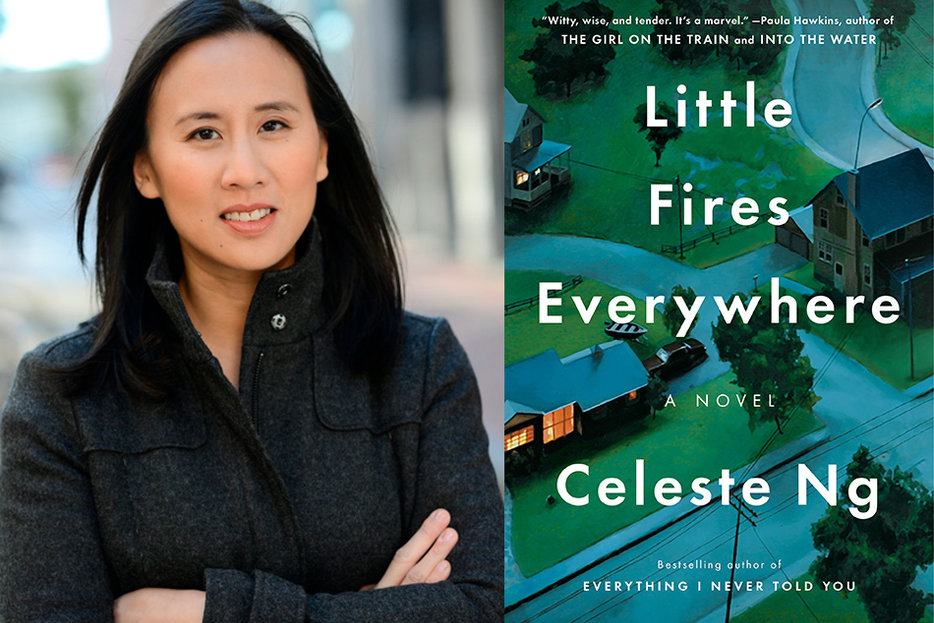
Little Fires Everywhere is a novel by Celeste Ng published in 2017. Shaker Heights, a Cleveland suburb,is supposed to be a perfect community, in which all feel welcome, while being a safe and wonderful place for all to live. Elena Richardson is the quintessential Shaker Heights resident, who appears to have life all together. She is mother to four teenagers and she and her husband live a “typical” suburban life with them. Their lives become entwined with a mother-daughter pair, Mia and Pearl Warren, when they become tenants in the duplex owned by Elena. Most of Elena’s children quickly become friends with Pearl, and Elena’s youngest, Izzy, develops a fascination with Mia, who is an artist. The relationships that develop between the two families are complex, multidimensional, and give several good examples of the One and the Other — most commonly along the lines of the theory of de Beauvoir, but there are moments of Pearl being made subaltern in a way that is unfathomable to me. A lot of the Othering comes into play because of racial dynamics. The Richardsons are white and Pearl and Mia are black. There is another interwoven storyline about a trans-racial adoption, which will remind you of The Leavers in several ways.
What Shaker Heights is supposed to be and what it is are two very different things. There is a strong undercurrent of “sneaky” racist thoughts and behavior from the White dominant population, many of them unconscious and unrecognized by the Richardsons. There is also a strong flavor of classism. In this affluent community, those in lower income housing and jobs are viewed with suspicion. We didn’t discuss this too much in class, but I think parents are very often capable of Othering their children. This can be very harmful as children grow up, and strong examples of this can be found in this book, with the inclusion of complex mother/child relationships.
I think that author Celeste Ng wants us to think about what can happen when we make assumptions about others. What disastrous results can there be when we abuse the power we have and the access to information that we can obtain? Who has the authority to decide what is right for another person?
I would highly recommend this book. It is an easy and very engaging read. Hulu also recently made an 8 part miniseries starring Reese Witherspoon and Kerry Washington, so it would make a great winter break activity to read and then watch. I would recommend doing so in this order. The stories are very similar but with some big differences.
I also am going to link to two episodes from Brene Brown’s podcast, Unlocking Us. She interviews Celeste Ng, Kerry Washington, and Reese Witherspoon and their thoughts and insights help to develop these themes even further.
https://brenebrown.com/podcast/brene-and-celeste-ng-on-little-fires-everywhere/
https://brenebrown.com/podcast/brene-with-reese-witherspoon-kerry-washington-on-little-fires-everywhere/
Image Source: https://hazlitt.net/sites/default/files/styles/article-header-image/public/field/image/ng-main.jpg?itok=vxwOoPae